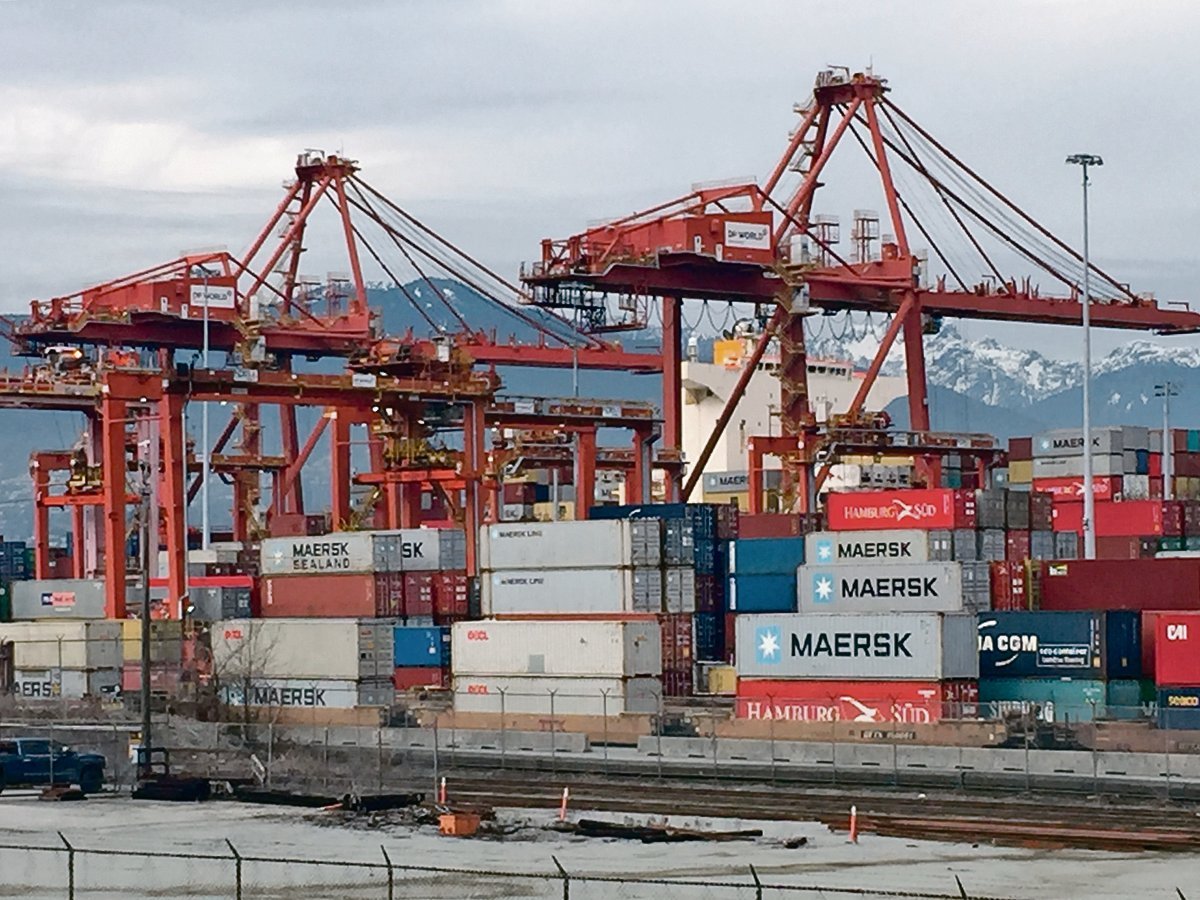ROME, Italy (Reuters) — The food the world wastes accounts for more greenhouse gas emissions than any country except China and the United States, says a new United Nations report.
One-third of all food for human consumption, around 1.3 billion tonnes, is wasted every year, but that doesn’t account for all the energy, water and chemicals that are needed to produce it and dispose of it.
As a result, almost 30 percent of the world’s farmland, and a volume of water equivalent to the annual discharge of the River Volga, are in effect being used in vain.
Read Also

Message to provincial agriculture ministers: focus on international trade
International trade stakeholders said securing markets in the face of increasing protectionism should be the key priority for Canada’s agriculture ministers.
In its report, called The Food Wastage Footprint, the UN’s Food and Agriculture Organization estimated that the carbon footprint of wasted food was equivalent to 3.3 billion tonnes of carbon dioxide per year.
If it were a country, it would be the world’s third biggest emitter, suggesting that more efficient food use could contribute substantially to global efforts to cut greenhouse gases to limit global warming.
Much of the waste in the industrialized world comes from consumers buying too much and throwing it away. In developing countries, it is mainly inefficient farming and a lack of proper storage facilities.
“Food wastage reduction would not only avoid pressure on scarce natural resources but also decrease the need to raise food production by 60 percent in order to meet the 2050 population demand,” the FAO said.
It suggested improving communication between producers and consumers to manage the supply chain more efficiently, as well as investing more in harvesting, cooling and packaging methods.
It also said consumers in the developed world should be encouraged to serve smaller portions and use up leftovers. Businesses should give surplus food to charities and develop alternatives to dumping in landfills.
The FAO estimated the cost of the wasted food, excluding fish and seafood, at $750 billion a year, based on producer prices.
The wasted food consumes 250 cubic kilometres of water and takes up 3.5 billion acres.














